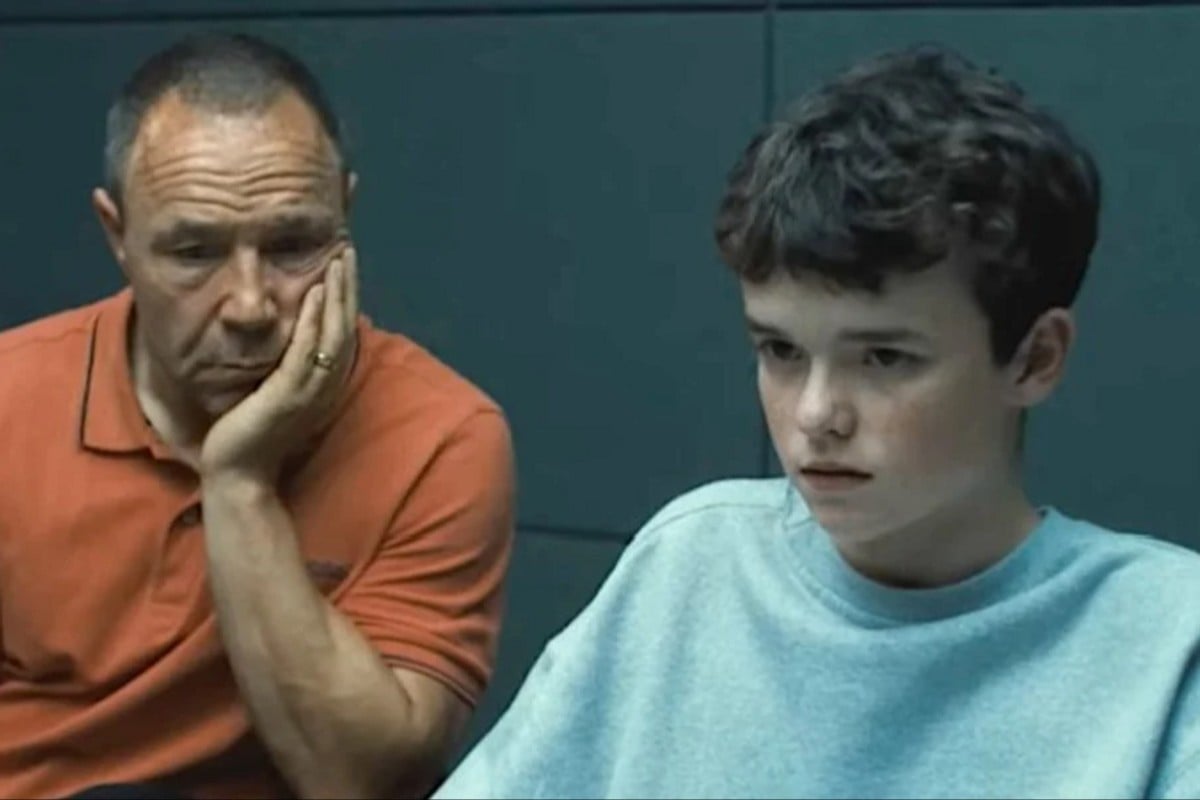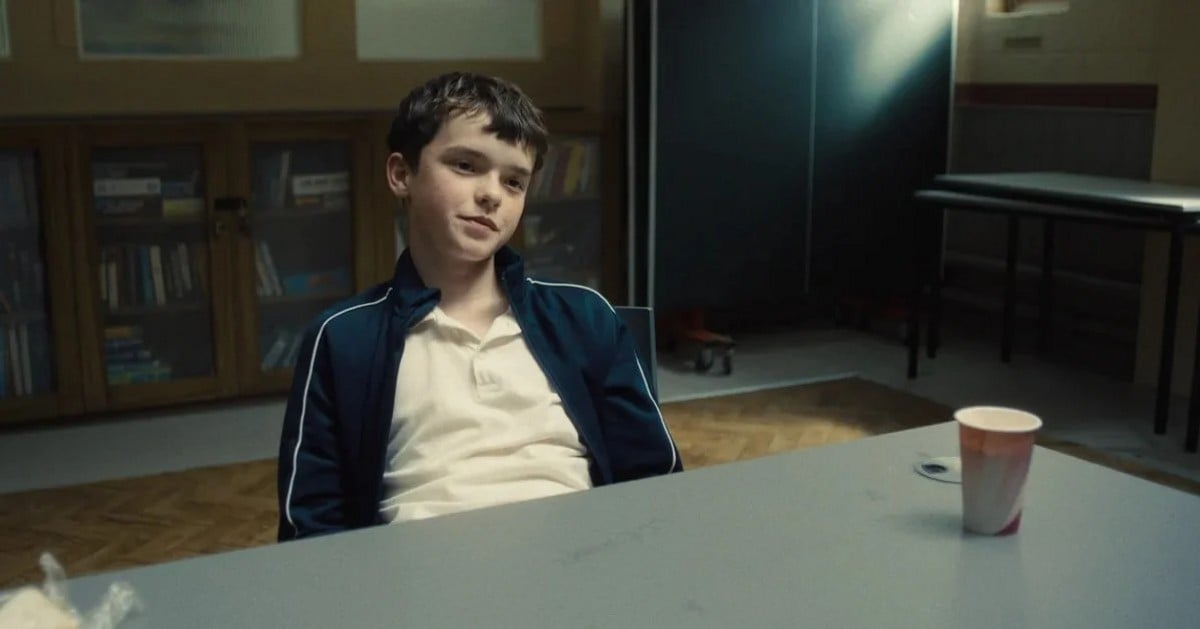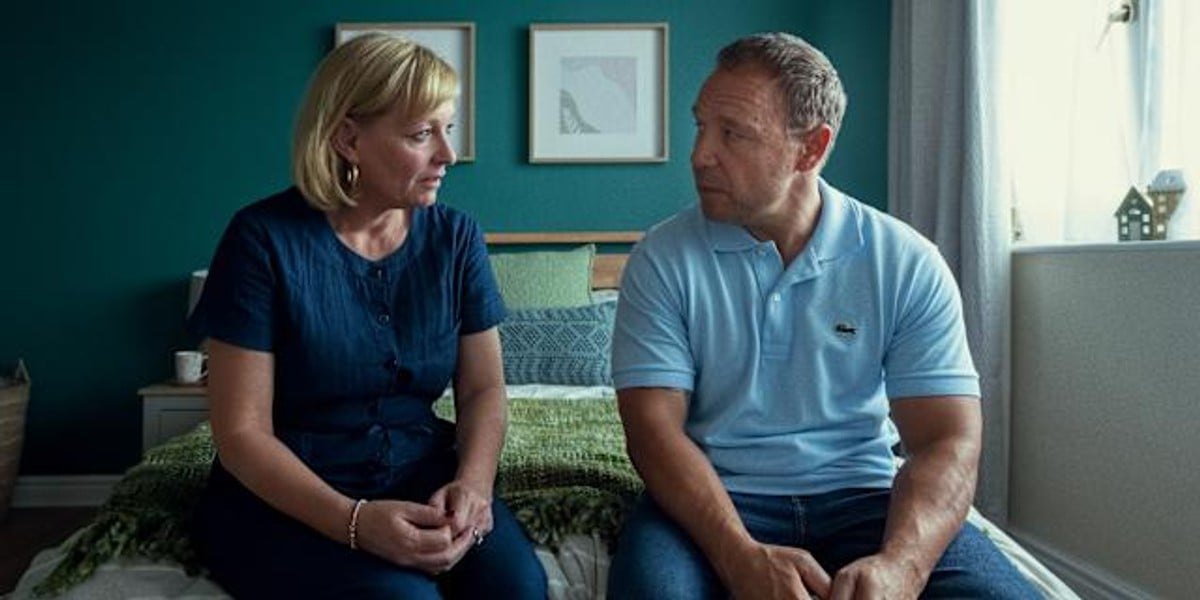
*Spoiler alert if you have not yet seen Adolescence*
Everyone is talking about Adolescence on Netflix. And they should. This is incredible television. And it creates a valuable conversation.
The show opens with a jolt: police officers shatter the dawn and the front door of a suburban home to arrest 13-year-old Jamie Miller for the murder of Katie Leonard, a schoolmate barely older than himself.
There's no whodunnit.
We know the perpetrator from the beginning, although his innocent pleas make us want to believe it's just a terrible mistake.
Instead of being a murder-mystery, Adolescence forces us to confront the far more unsettling question: why?
Nothing can (or should) diminish the shattering reality that Katie's life was violently taken. It's devastating. Who has words for the landscape of grief her family now has to navigate? They are the primary casualties of this catastrophe.
But while Adolescence pointedly demands we recognise this, it directs our attention to another victim: Jamie. The perpetrator. And more broadly, childhood itself.
What emerges as detectives unearth elements of Jamie's life is a portrait of modern boyhood in profound crisis.
Watch: ADOLESCENCE Trailer on Netflix. Story continues after video.































































































